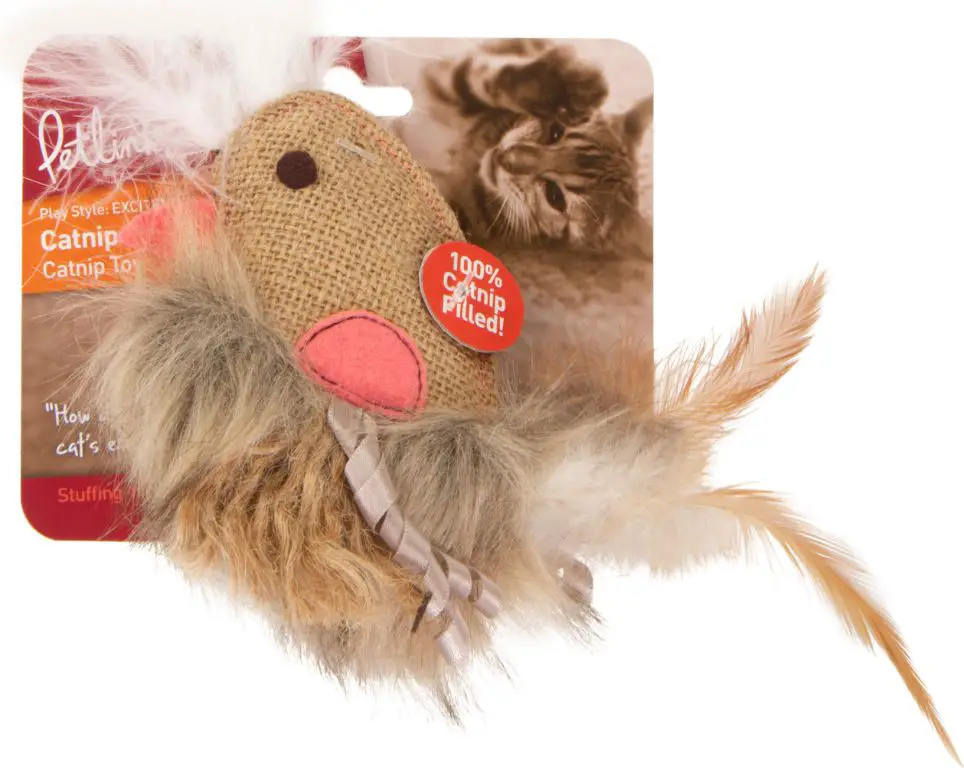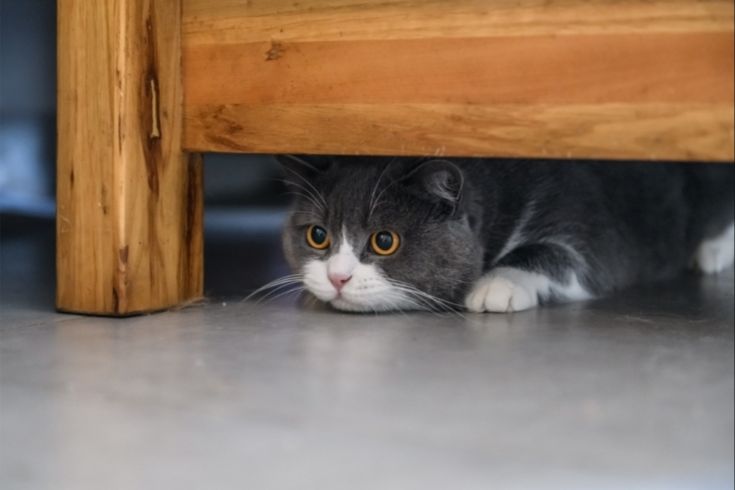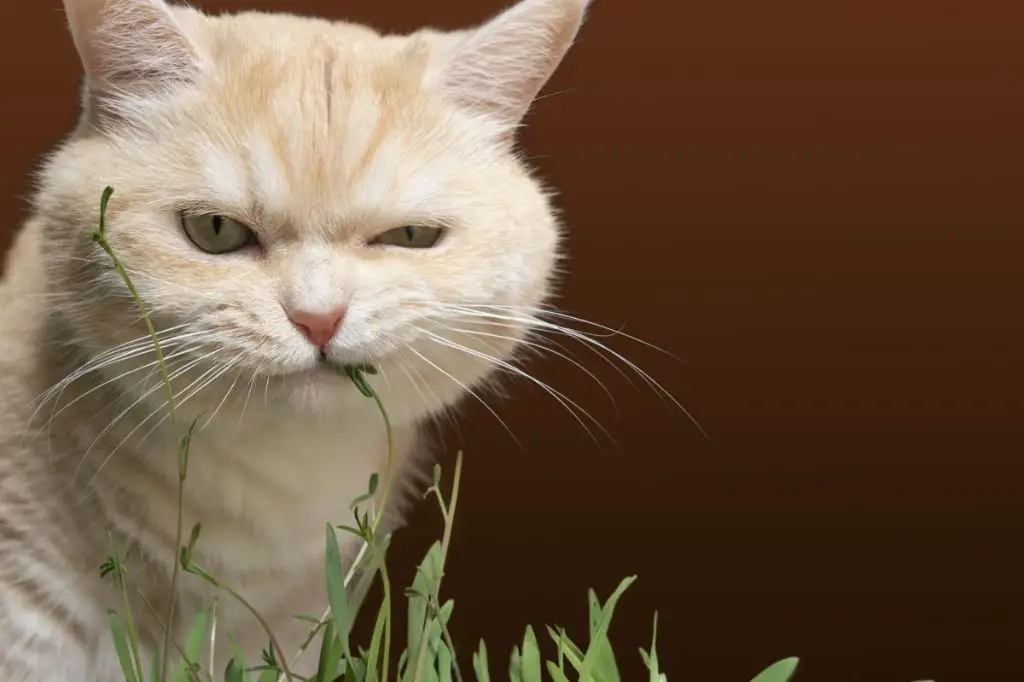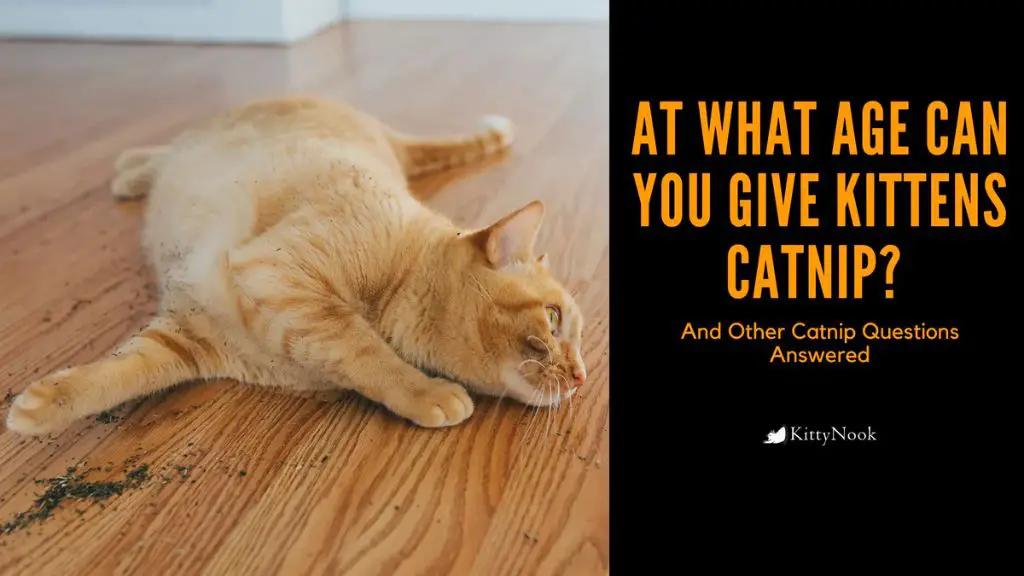What is catnip?
Catnip (Nepeta cataria) is a species of flowering plant in the mint family Lamiaceae. It contains a chemical compound called nepetalactone that is known to arouse and stimulate cats (source: https://hort.extension.wisc.edu/articles/catnip-nepeta-cataria/). When cats sniff, eat or roll in catnip, the nepetalactone binds to receptors in their nose and stimulates a response that affects their behavior and mood, making them excited, playful, and occasionally aggressive. The botanical name for catnip is Nepeta cataria, as it’s a member of the Nepeta genus in the mint family.
Catnip is known for its intoxicating effects on cats, though it does not produce the same response in humans. The nepetalactone compound uniquely triggers a euphoric response when inhaled by approximately two-thirds of domestic cats. However, catnip does have other uses for humans, including in herbal teas, as an aromatic herb in cooking, and even some applications as a folk remedy.
Normal catnip use
Catnip is a mint plant that induces a stimulating and euphoric effect when smelled, licked, or chewed by cats. The active chemical in catnip is called nepetalactone, which binds to receptors in a cat’s nose and mouth. This triggers a response that typically lasts around 15-30 minutes.
When exposed to catnip, most cats will start sniffing, licking, and chewing the plant. They become hyperactive and exhibit playful behaviors like rolling around, pouncing, and chasing imaginary objects. Some signs of normal catnip use include dilated pupils, drooling, chin and cheek rubbing, head shaking, and excited meowing or purring.
The stimulating effects are temporary and harmless for most cats. It gives them an outlet for their energy and predatory instincts. Once the catnip wears off, the cat will return to its normal relaxed state.
Catnip should only be given occasionally as a special treat. Daily use can make cats less sensitive to its effects. Most veterinarians consider catnip non-addictive and safe when used responsibly.

[https://www.petmd.com/cat/general-health/what-is-catnip]
[https://content.petmate.com/academy/the-dos-and-donts-of-catnip/]
Signs of catnip overdose
Too much catnip can cause intoxication in cats, leading to concerning symptoms including agitation, restlessness, overgrooming, drooling, dilated pupils, hiding, and aggression [1]. The active chemical in catnip, nepetalactone, stimulates receptors in a cat’s brain, creating a brief euphoric effect. But in high doses, it can overstimulate the nervous system. Cats experiencing a catnip overdose may act hyperactive, meowing loudly, zooming around erratically, or attacking harmless objects.
Increased drooling and overgrooming are also common signs. The excessive grooming may lead to irritated skin or bald patches. A catnip overdose causes the pupils to dilate and eyes to appear glassy. The cat may seek isolated hiding spots due to feeling overstimulated. Aggression is another possible symptom, which could lead to random biting or scratching. Overall, an intoxicated cat will seem restless, agitated, and not in control of its faculties.
Dangers of too much catnip
While catnip is generally safe for cats when used appropriately, consuming too much can lead to some concerning side effects. The main dangers of catnip overdose include:
Vomiting and diarrhea – Ingesting a large amount of catnip can upset a cat’s stomach and cause them to vomit or have diarrhea. This can lead to dehydration if the vomiting and diarrhea persists. According to Newsweek, if vomiting or diarrhea lasts more than 24 hours after catnip use, veterinary attention may be needed.[1]
Loss of coordination and falling – Excessive catnip can cause a lack of coordination, unsteadiness, and falling in cats. They may have difficulty walking properly after too much catnip. Outward Hound notes falling as one symptom of catnip overdose.[2]
Fast breathing and heart rate – Catnip overdose can also lead to an accelerated breathing and heart rate as it overstimulates the nervous system. This hyperactive state is the classic catnip “high” taken to the extreme.
In severe cases, vomiting, diarrhea, loss of coordination, and hyperactivity can persist for 12-24 hours. While a catnip overdose is rarely fatal, prompt veterinary care is advised if symptoms are prolonged.
[1] https://www.newsweek.com/what-do-if-your-cat-has-had-too-much-catnip-1711465
[2] https://outwardhound.com/furtropolis/cats/how-much-catnip-is-too-much
How much is too much?
The amount of catnip that is too much depends on the individual cat’s sensitivity to catnip. Some cats have a stronger reaction than others.

For most cats, the typical limit is 1-2 pinches per day. Giving more than this can lead to overstimulation and an upset stomach. It’s best to start with a small amount and see how your cat reacts before increasing the dose.
In addition to limiting the amount, it’s also wise to limit the cat’s exposure time to catnip. Letting a cat have unlimited access can lead them to ingest too much. Experts recommend limiting catnip play sessions to about 5-10 minutes.
Observe your cat during and after exposure to catnip. If they seem overly excited, anxious, or have digestive issues, they may have had too much. Adjust the amount and access going forward.
Risk Factors
While most cats will not experience major issues from moderate catnip use, certain cats may be at higher risk for overdose or adverse effects. Key risk factors include:
Young Kittens
Kittens under 6 months old lack fully developed livers and kidneys to metabolize catnip effectively. Their smaller size also means a little catnip goes a long way. Kittens exposed to catnip may experience more intense effects than adult cats. It’s best to avoid giving kittens any catnip until at least 6 months old.
Elderly Cats
Older cats can experience declining liver and kidney function. This makes it harder for their bodies to process and eliminate catnip efficiently. Seniors should only be given small amounts of catnip, if any, and observed closely for adverse reactions.
Preexisting Conditions
Cats with diseases affecting the liver, kidneys, or gastrointestinal system may struggle to metabolize and pass catnip effectively. Catnip could worsen symptoms of preexisting conditions. Owners should consult their vet before giving catnip to cats with known health issues.
Treating overdose
If your cat has consumed too much catnip, the first step is to remove any remaining catnip so they cannot continue ingesting more. Make sure to thoroughly clean the area and dispose of any catnip toys or plants.
Next, provide your cat with fresh water to help flush their system. Encourage them to drink water to stay hydrated.
Monitor your cat closely for any concerning vital signs like breathing difficulties, seizures, vomiting, or diarrhea. Check their gums to ensure good circulation. Watch their behavior for signs of distress or agitation.
If symptoms are severe or persist longer than expected, take your cat to the vet immediately. The vet can provide supportive care such as IV fluids or medications to control vomiting. In most cases, effects subside within a few hours as the catnip leaves their system.
With prompt care and by removing access to catnip, most cats recover fully from overdose. However, it’s important to prevent future overdoses by using catnip responsibly.

Preventing overdose
There are some simple steps cat owners can take to prevent their cats from overdosing on catnip:
- Limit access to catnip. Keep it in a sealed container out of your cat’s reach. Only bring it out for supervised playtime.
- Buy catnip from reputable brands and pet supply stores. Avoid products with unknown ingredients or excess fillers.
- Follow dosage guidelines on the packaging. Start with small amounts to gauge your cat’s reaction.
- Store catnip out of reach. Keep it in a closet or cabinet your cat can’t access. This prevents sneaking extra doses.
With some care and planning, cat owners can allow their cats to enjoy catnip safely. Monitoring usage, limiting access, and purchasing quality products can all help avoid potential overdose.
Alternatives to Catnip
While catnip is popular, there are other options for providing enrichment and stimulation for cats. Some alternatives to consider include:
Cardboard scratchers – Corrugated cardboard scratchers allow cats to satisfy their instinct to scratch and stretch their claws. These provide a healthy outlet and prevent damage to household furnishings. Look for scratchers with multiple inclines or levels to keep your cat engaged.
Interactive toys – Toys that move unpredictably, like wands with feathers or flashing lights, can provide important mental and physical stimulation. Daily interactive playtime with owners engages bonding and predatory behaviors. Rotate toys to keep your cat interested.
Pheromone diffusers – Synthetic pheromones, like Feliway, can help relieve stress and anxiety in cats. Pheromone diffusers release calming scents that mimic cat facial pheromones. This can promote relaxation without the use of catnip.
Daily playtime – Make interactive playtime with wand toys or laser pointers part of your daily routine. A consistent schedule with regular exercise and enrichment is key to a healthy, happy cat. This provides an outlet for natural hunting behaviors without the need for catnip.
When to avoid catnip

There are certain situations when catnip should be avoided. according to PetMD, catnip should not be given to kittens under 6 months of age. Kittens’ brains are still developing, so catnip can have unpredictable effects. Most kittens do not respond to catnip until 6-12 months.
Pregnant and nursing cats should also avoid catnip, according to PetMate. The compounds in catnip can transfer through the placenta to kittens or into breastmilk, potentially causing developmental issues.
Cats taking medication or with health conditions like diabetes, heart disease, or hyperthyroidism should not have catnip according to vets. Catnip can interact with medications or exacerbate medical issues. Owners should consult their vet before giving catnip to cats with health problems.
In summary, kittens under 6 months, pregnant/nursing cats, medicated cats, and cats with health conditions should avoid catnip until cleared by a vet. Catnip use should be carefully monitored in vulnerable cats.

